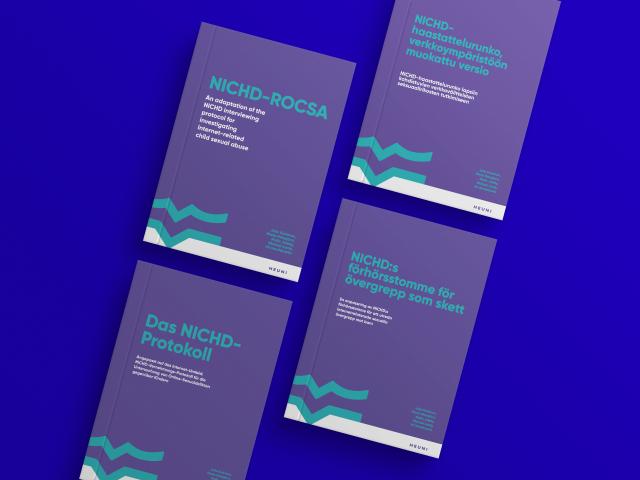This adapation of the NICHD protocol is developed for use by trained child interviewers, familiar with the revised NICHD protocol. It is particularly developed for cases for which there is physical evidence of a strong suspicion of the existence of such evidence.
That evidence could typically consist of:
- sexual pictures, videos or any other material clearly identifying the child
- online conversations, where the child has demonstrably been a participant.
The original NICHD protocol was developed for suspected cases of offline child abuse, which often entail little or no corroborating evidence. Cases of online CSA, however, often entail strong technical evidence, wherefore there is a particular need to guide investigative interviewers in how to introduce the allegation and refer to possibly existing evidence. While it is still important to conduct the interview in a non-suggestive manner and build it around questions prompting for free recall, it may be necessary and ethical to be transparent with existing evidence early on in the interview in order to not blindside the child.
Reviewed and commented by LPC Linda Cordisco Steele, Shawnna von Blixen-Finecke.
The protocol was further developed in the EU-funded project ELPIS (2023-2025). PROMISE ELPIS project promotes multidisciplinary and interagency models for child victims and witnesses of sexual violence, with a specific focus on specialised interventions and excellence in practice in cases where there is a presumed online element of the sexual violence.
The content of the publication represents the views of the author only and is his/her sole responsibility. The European Commission does not accept any responsibility for use that may be made of the information it contains.





